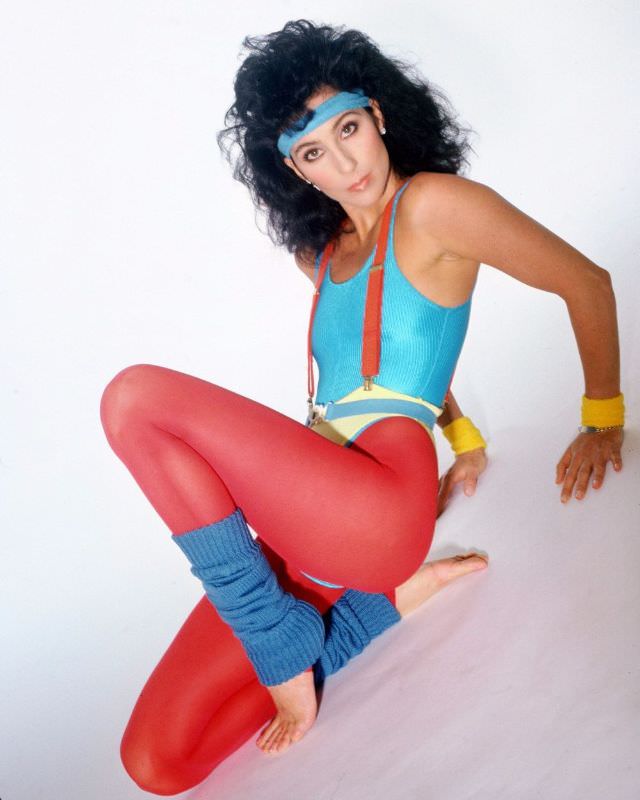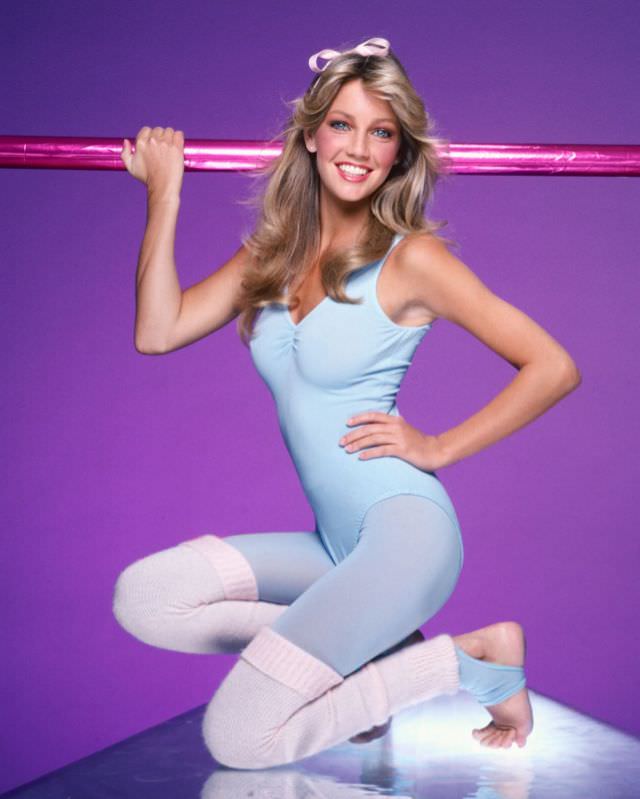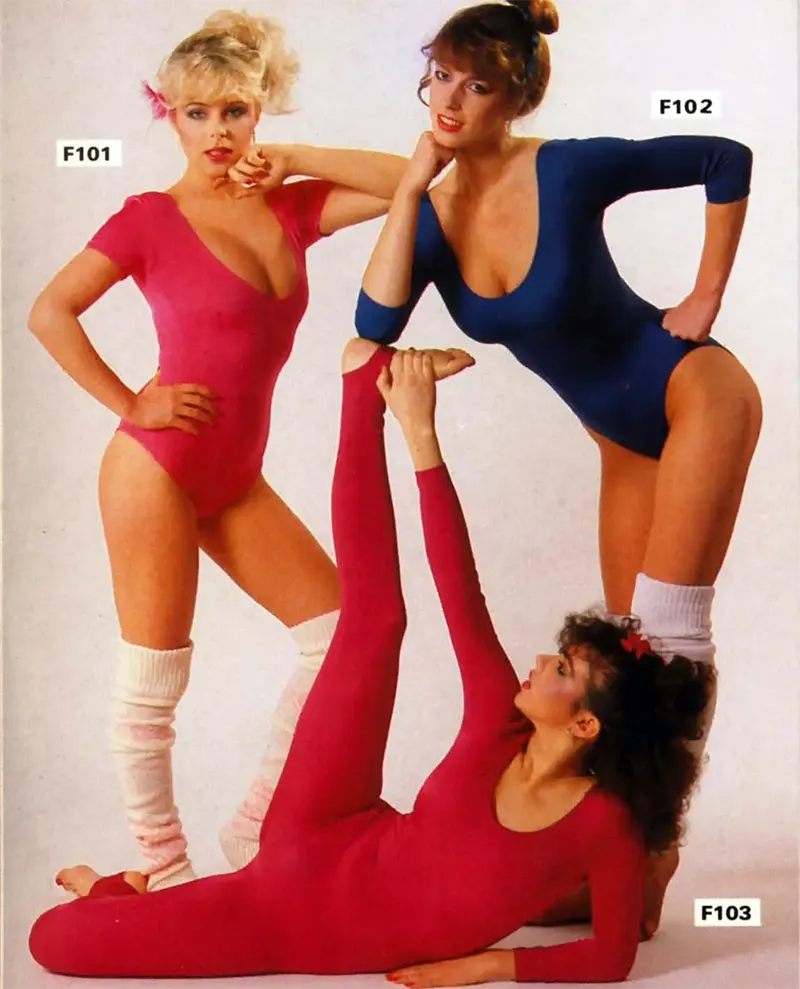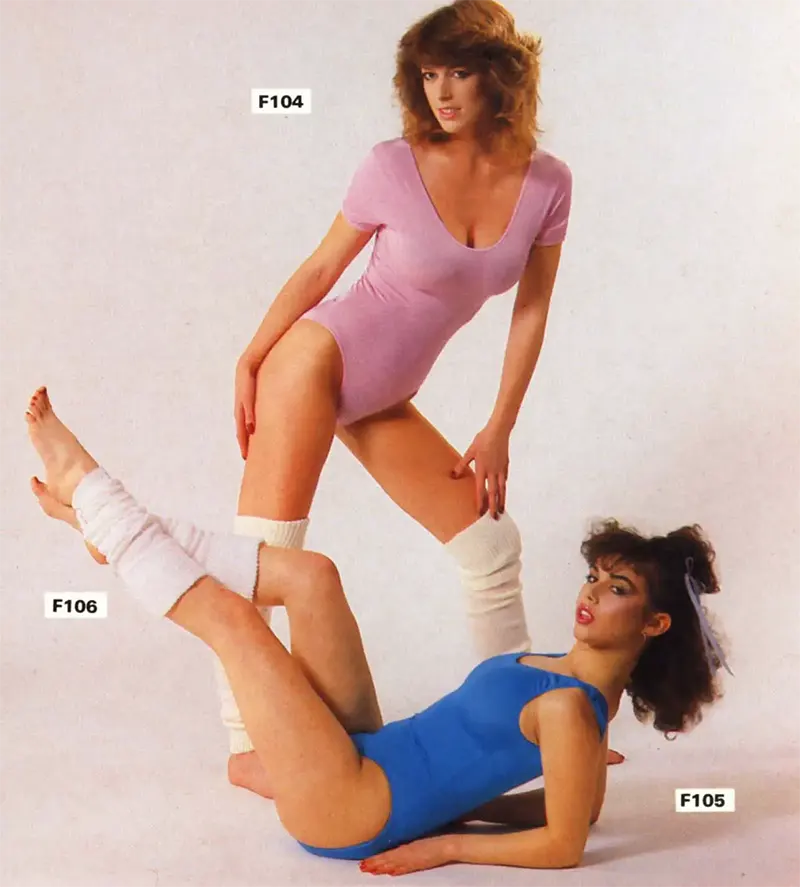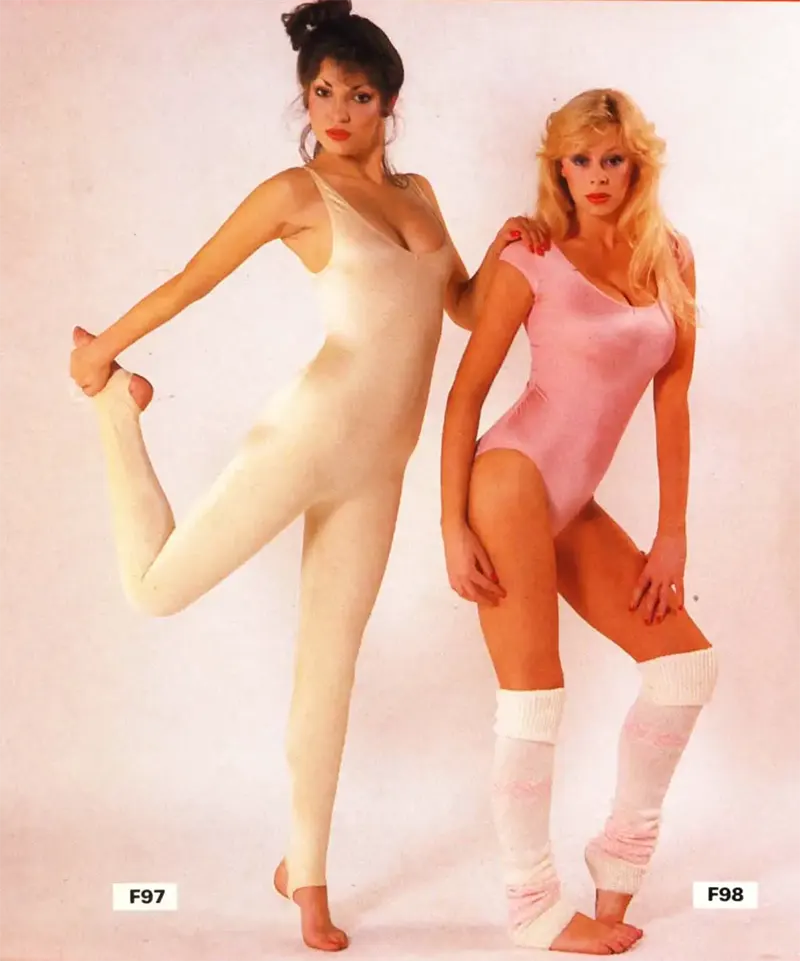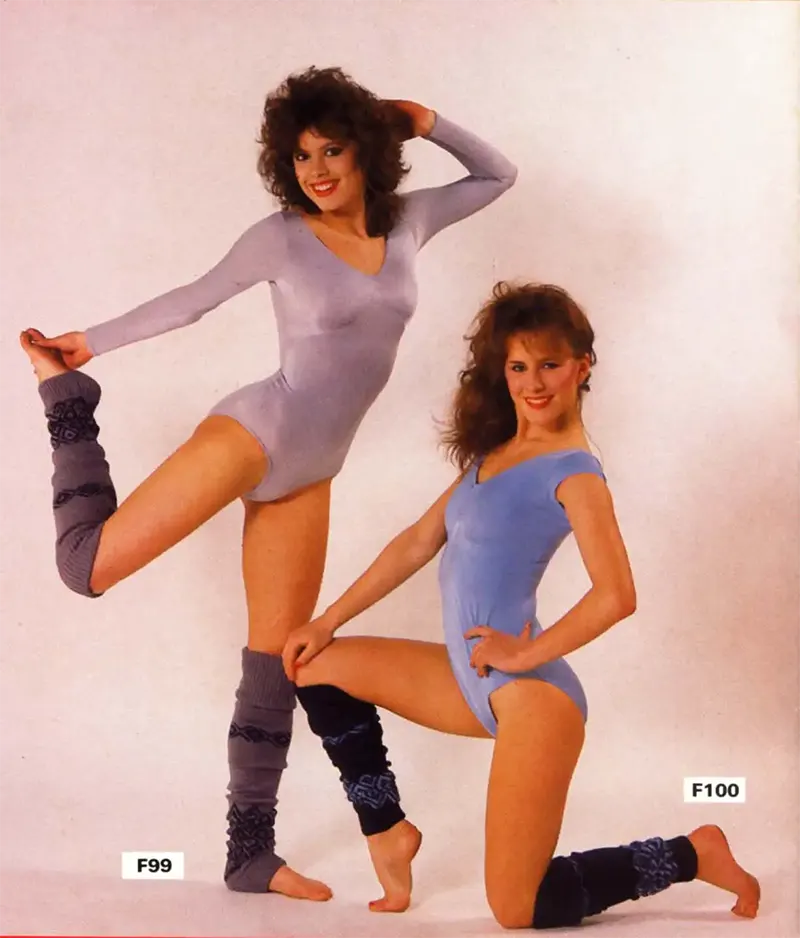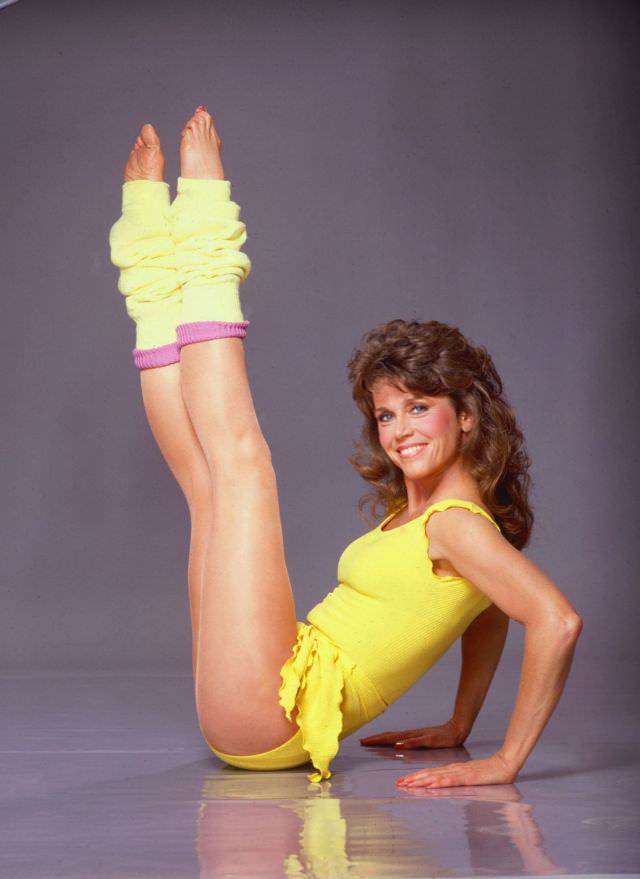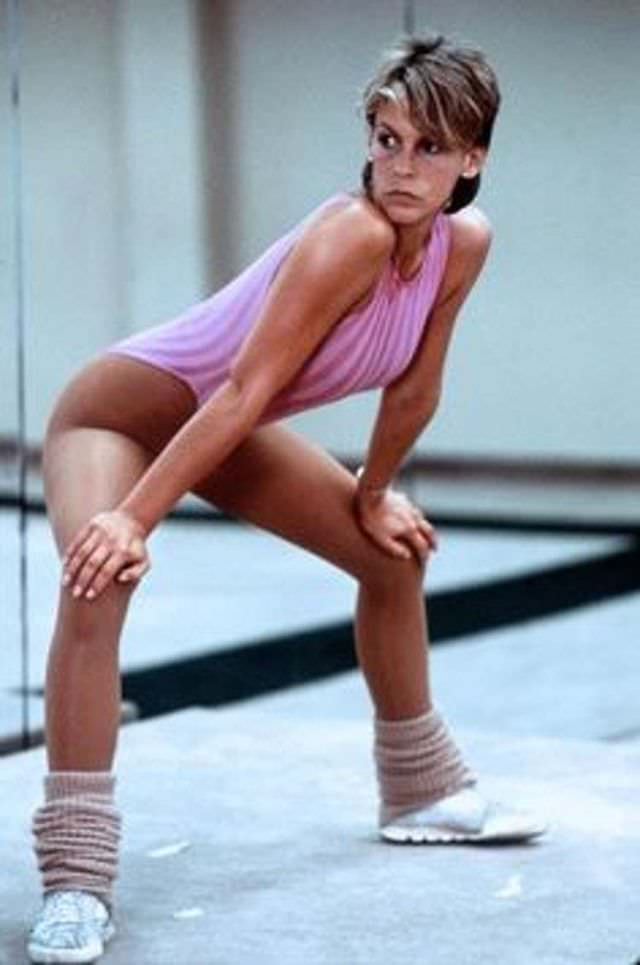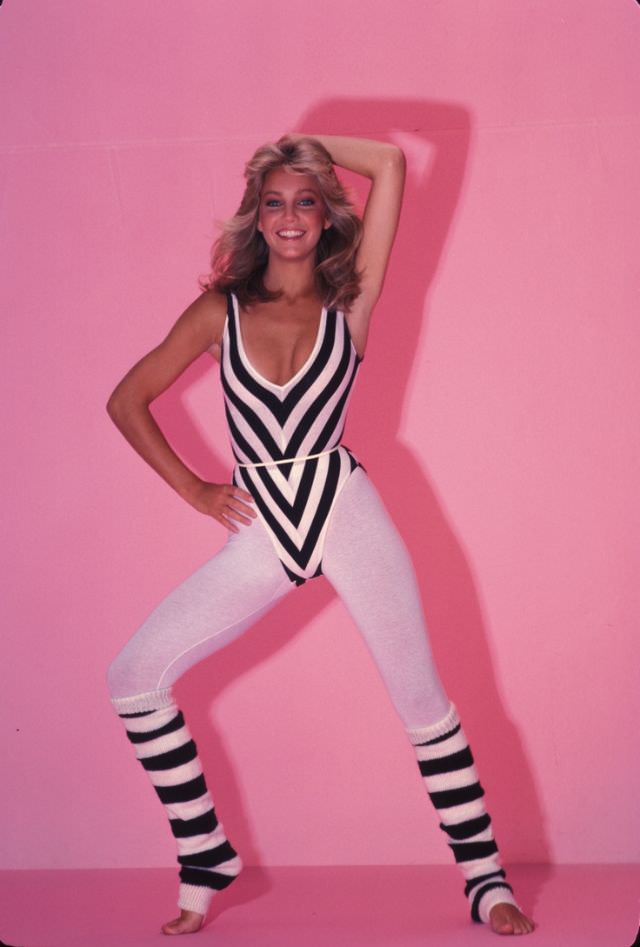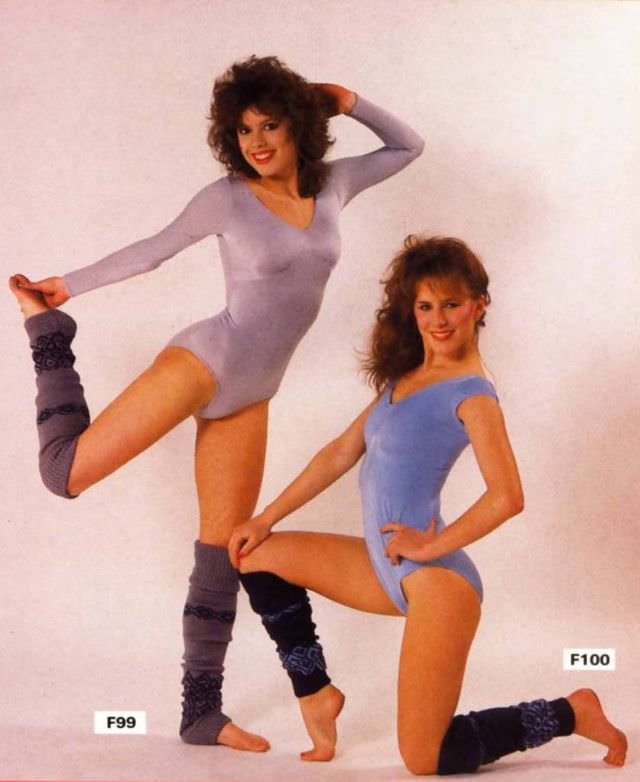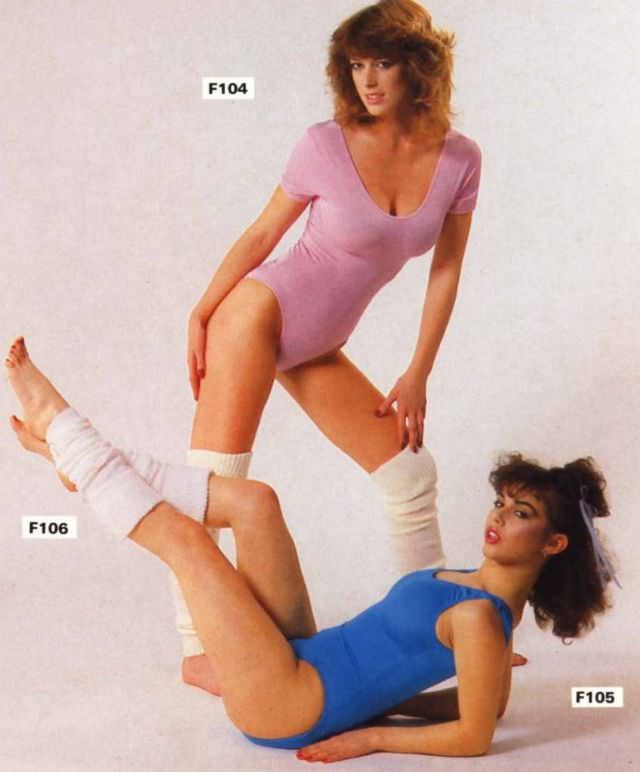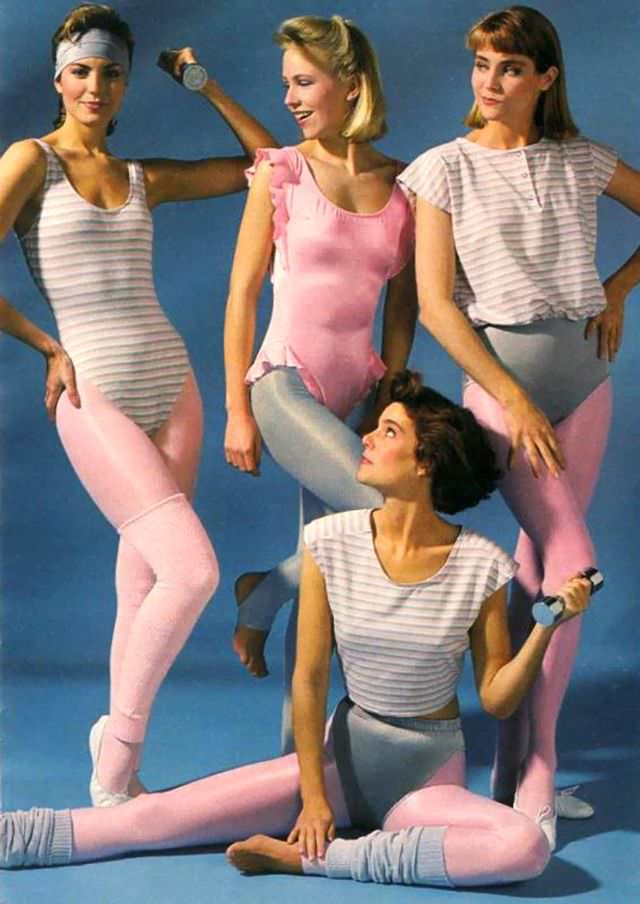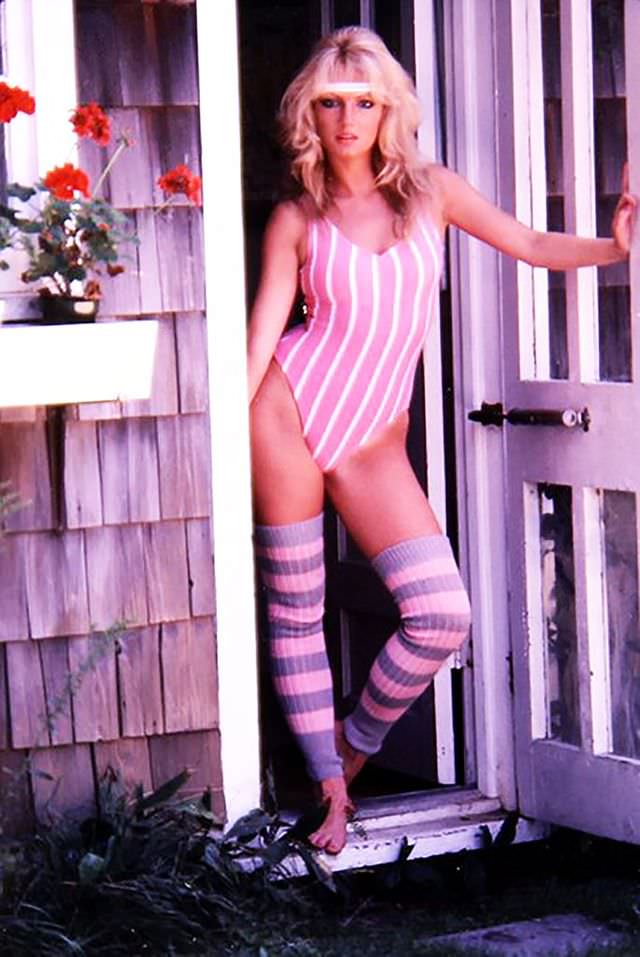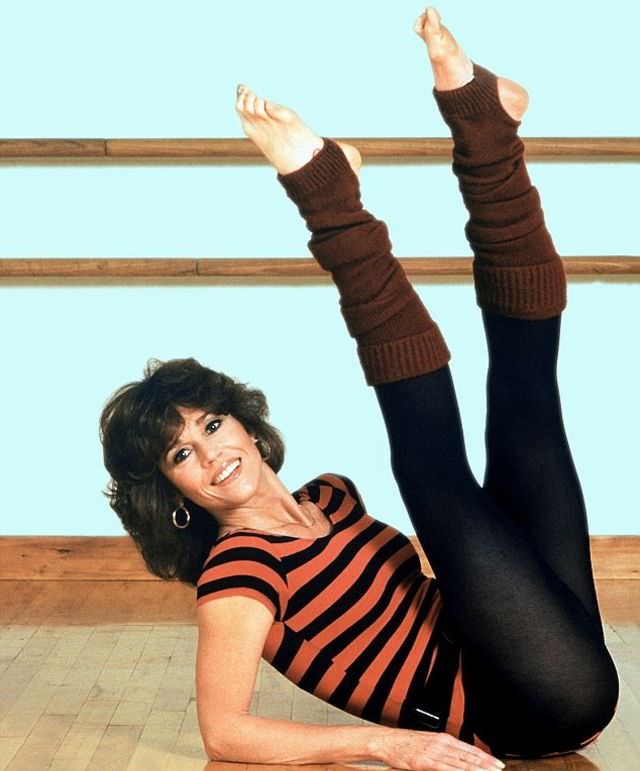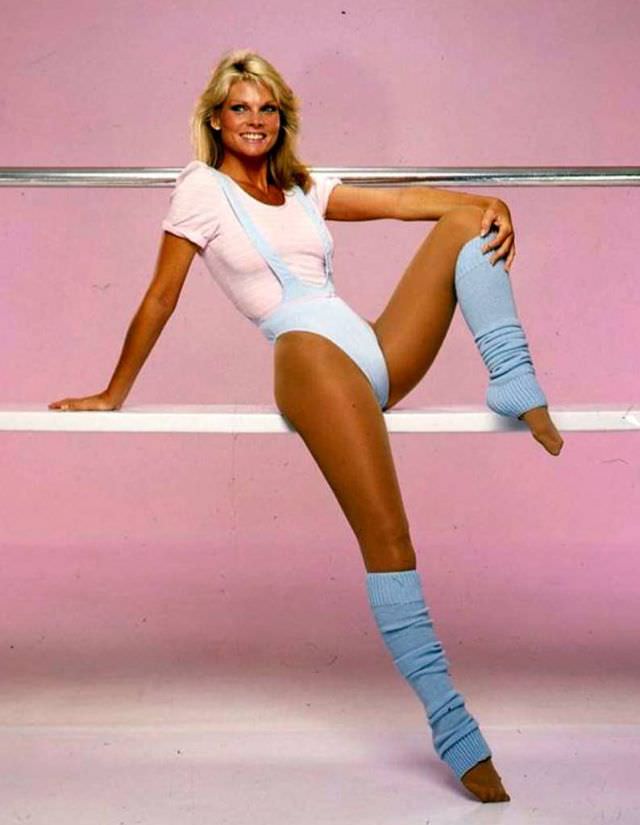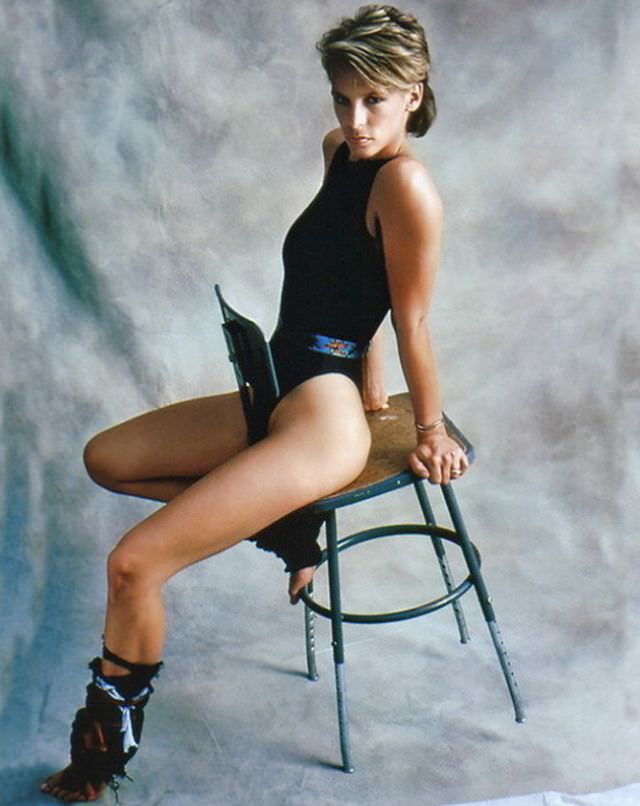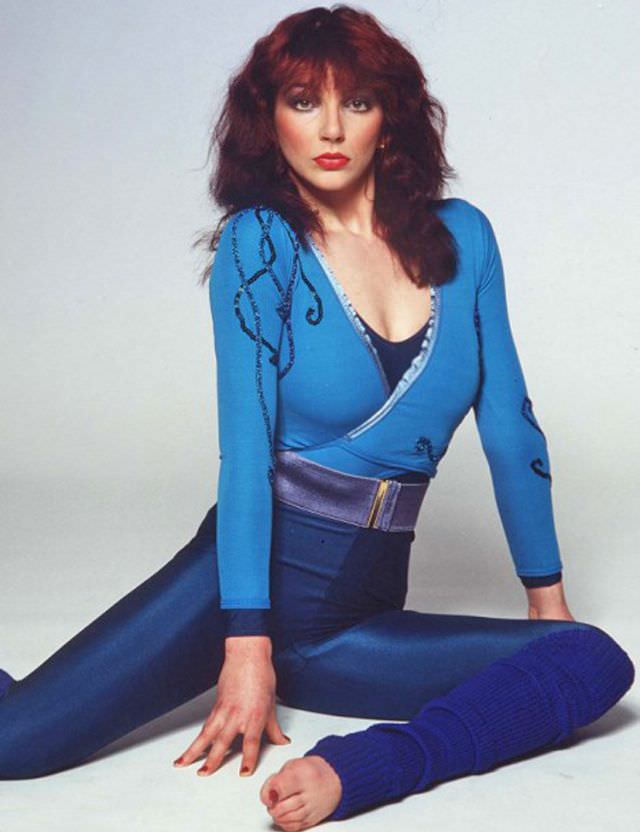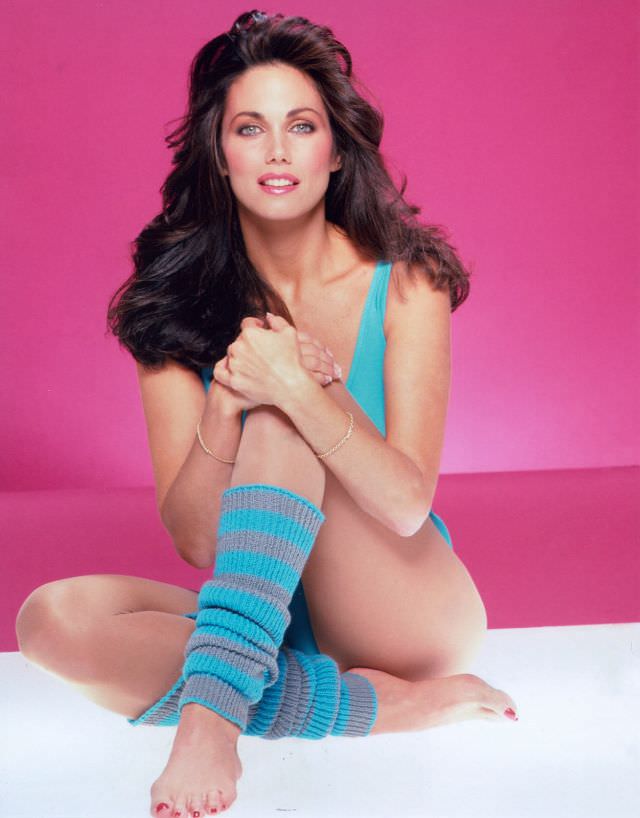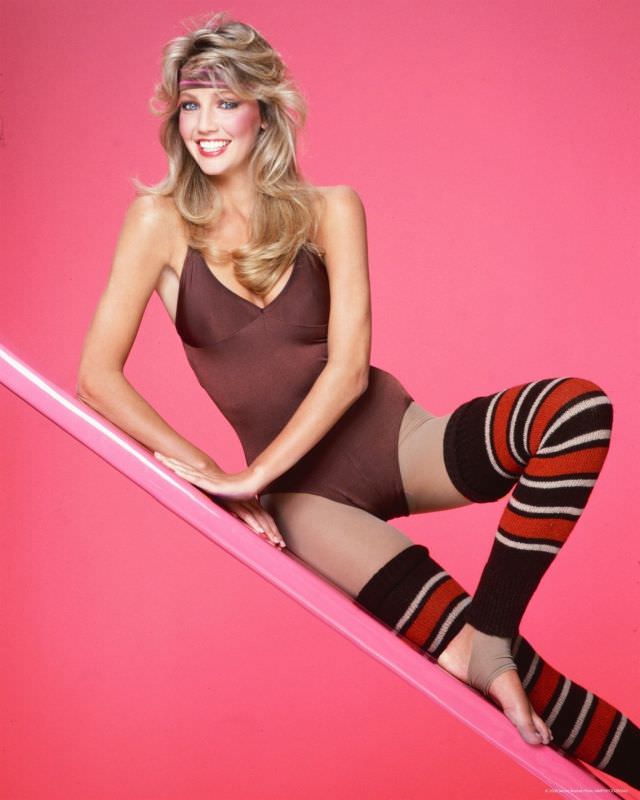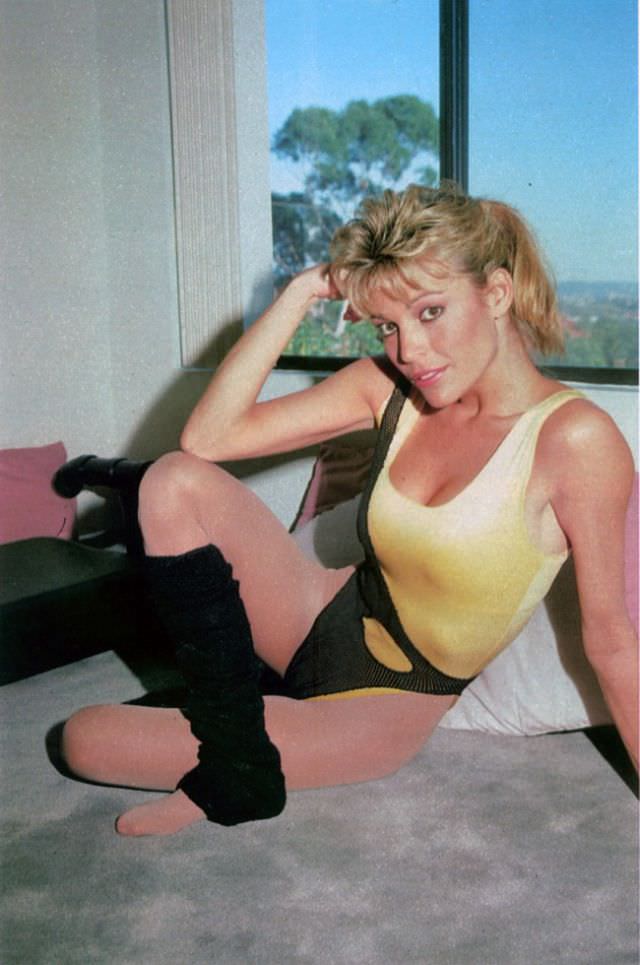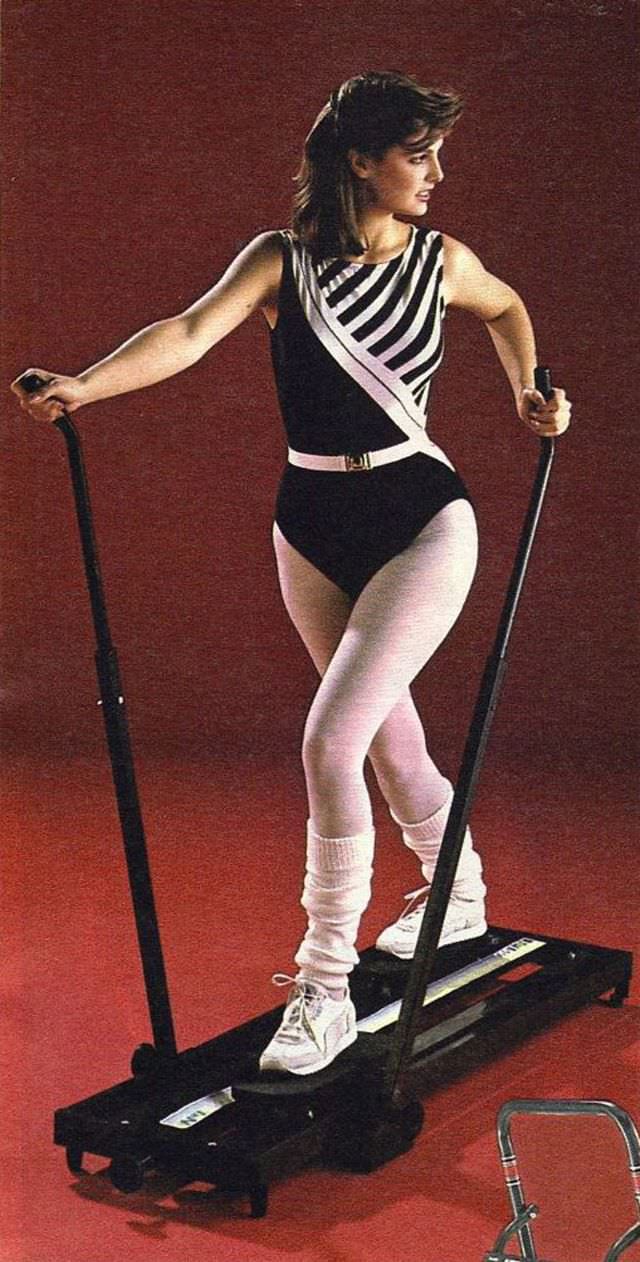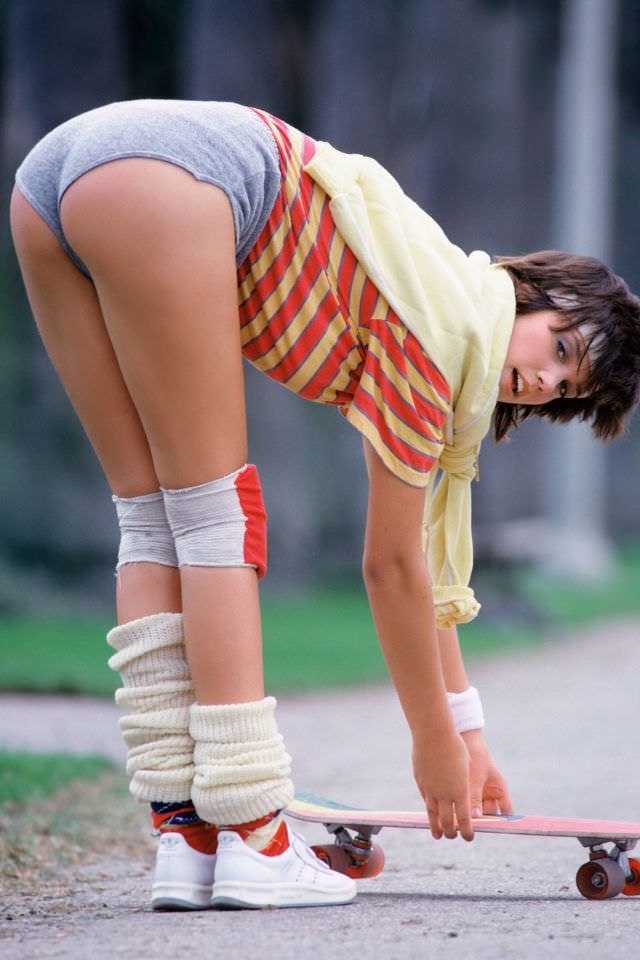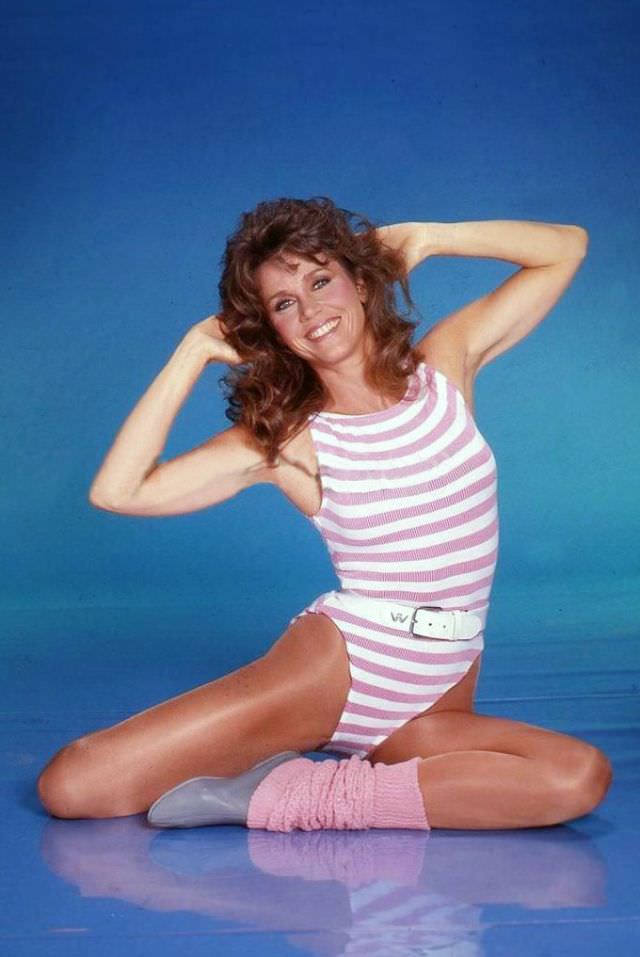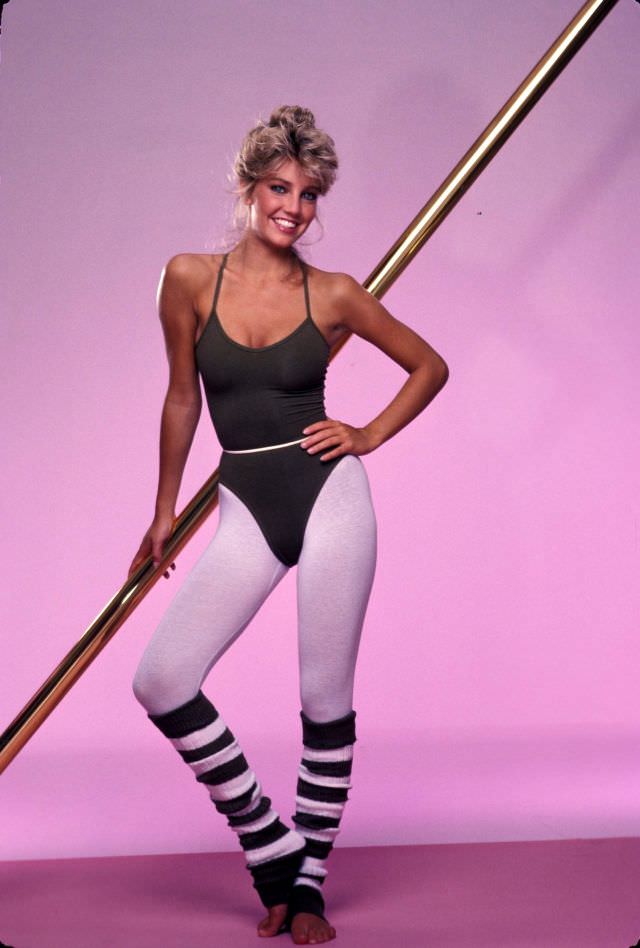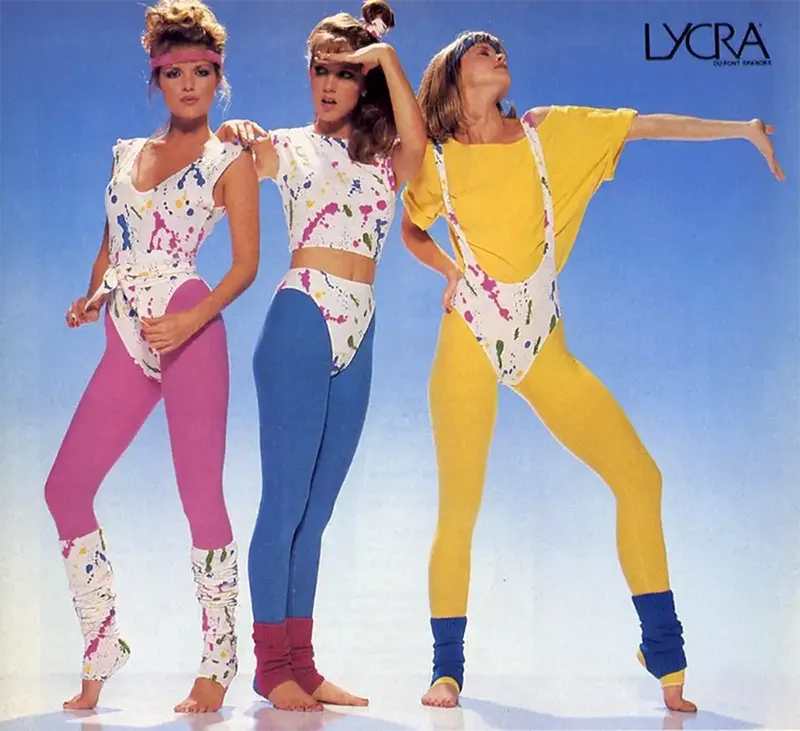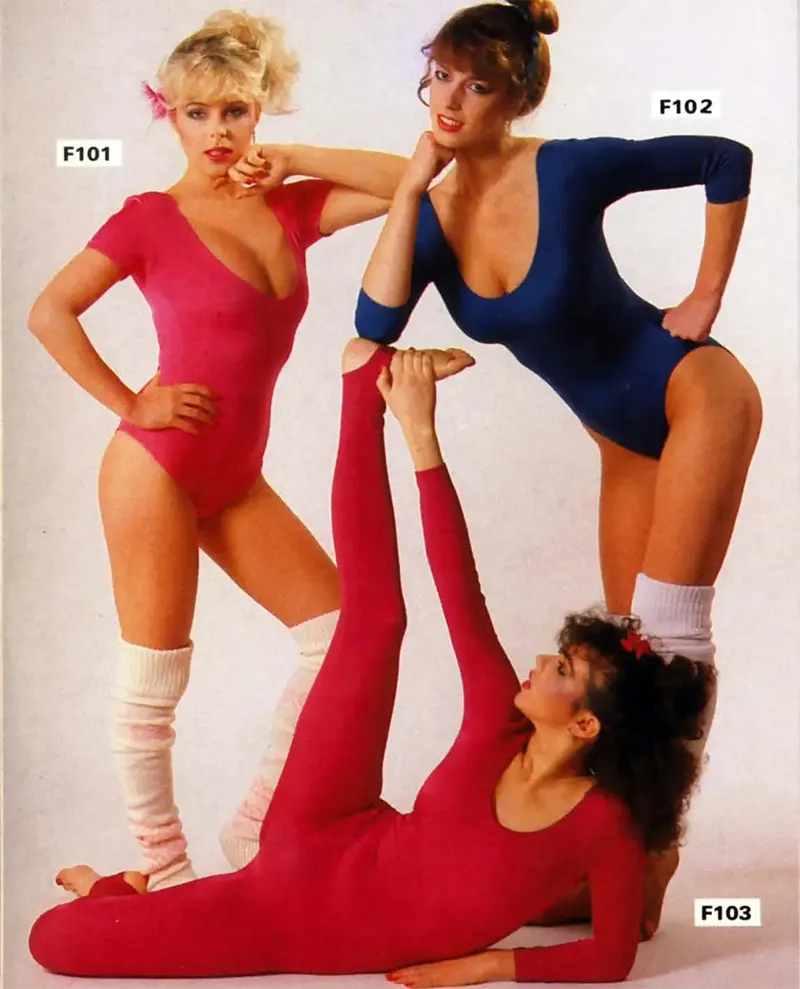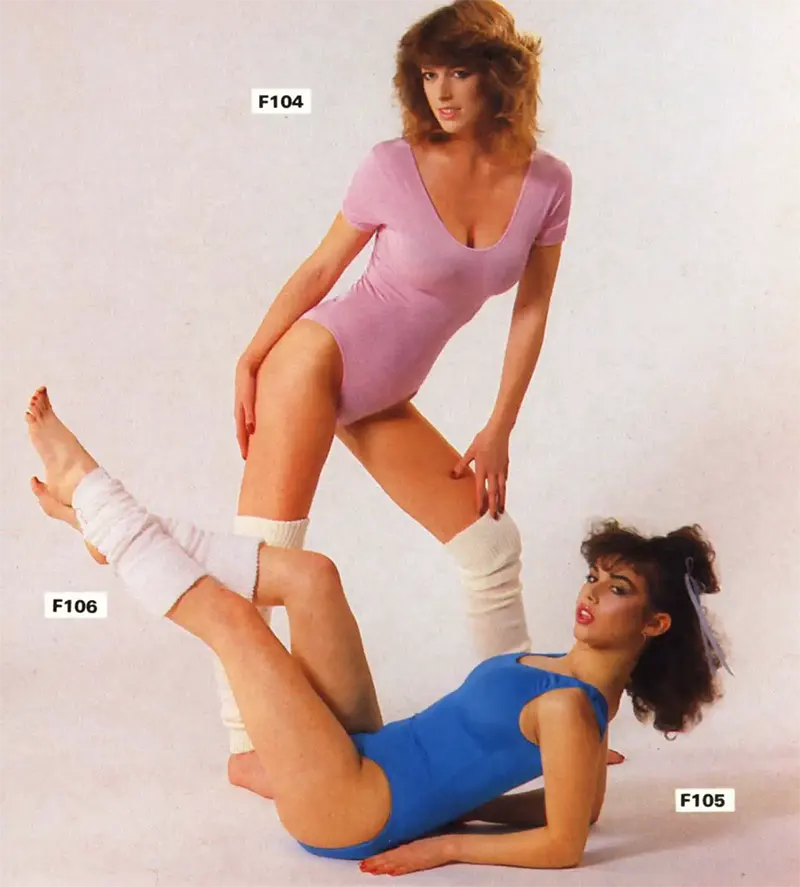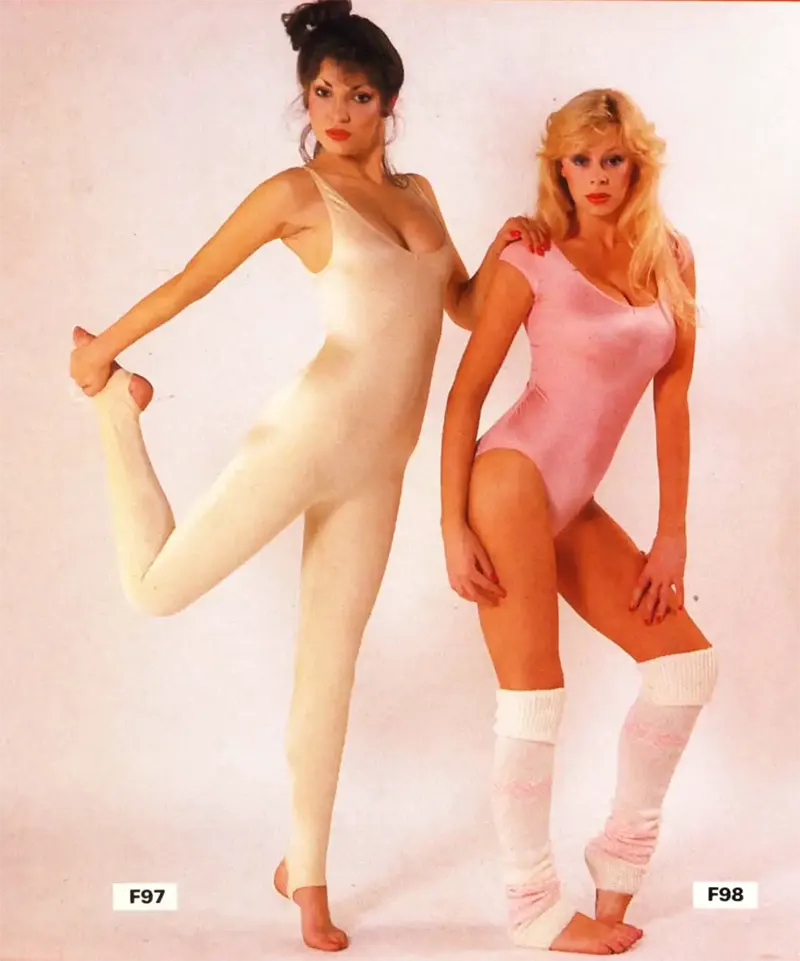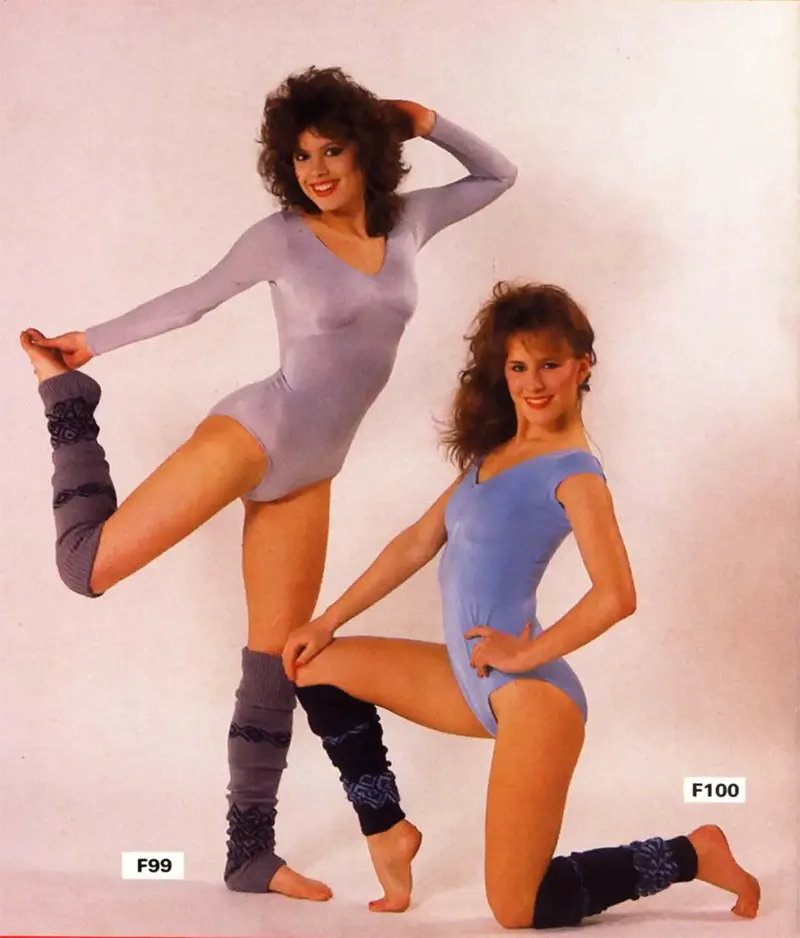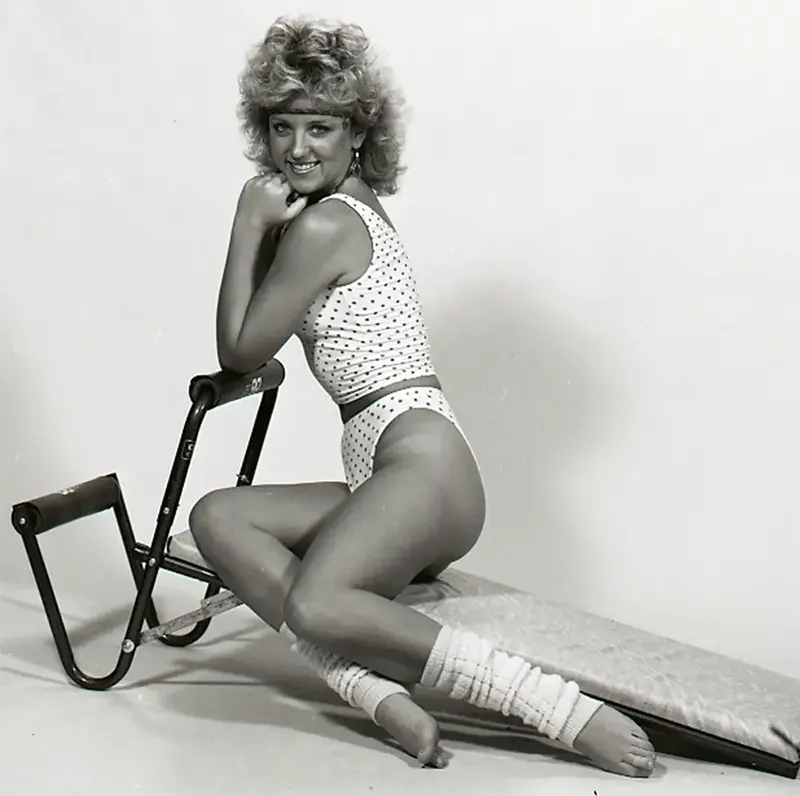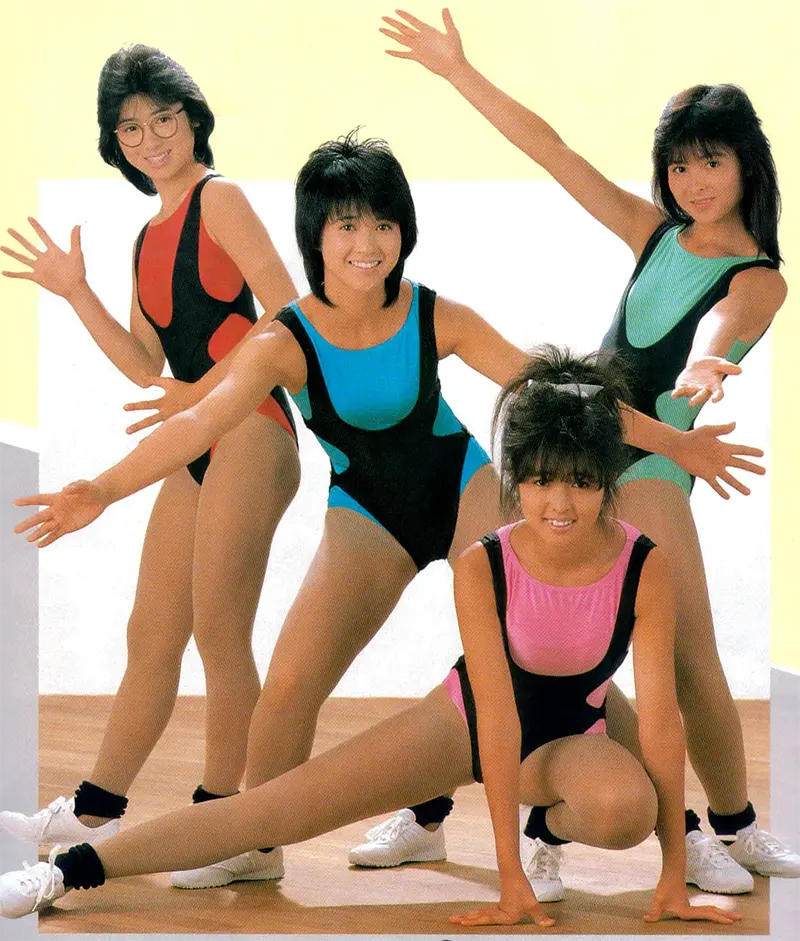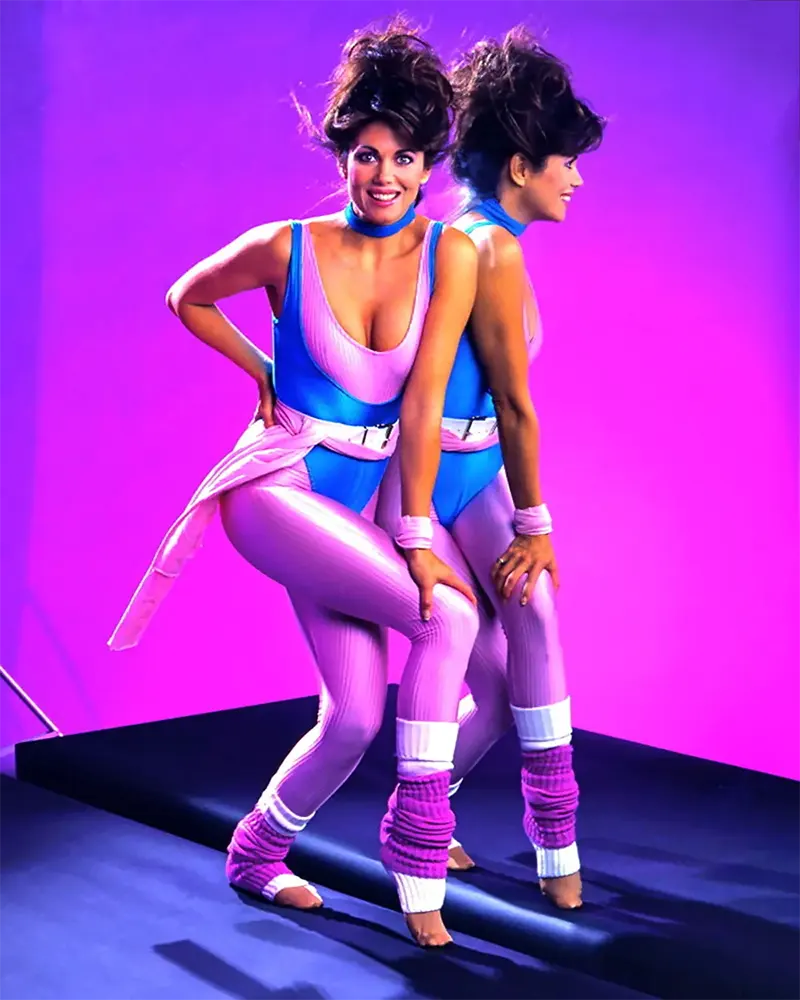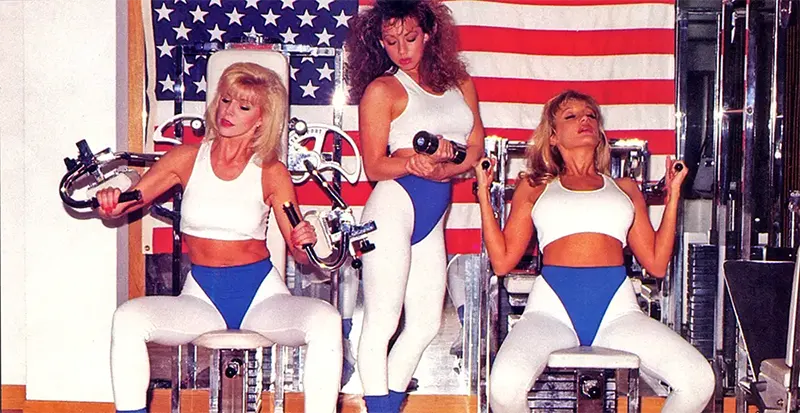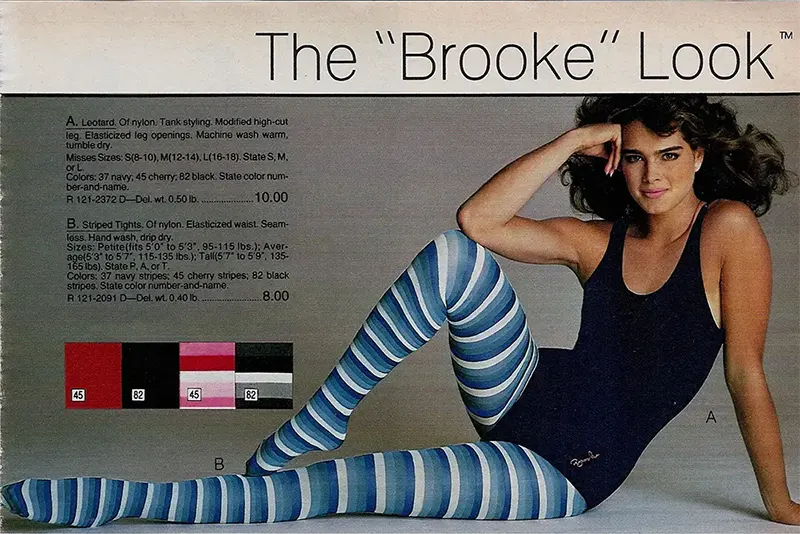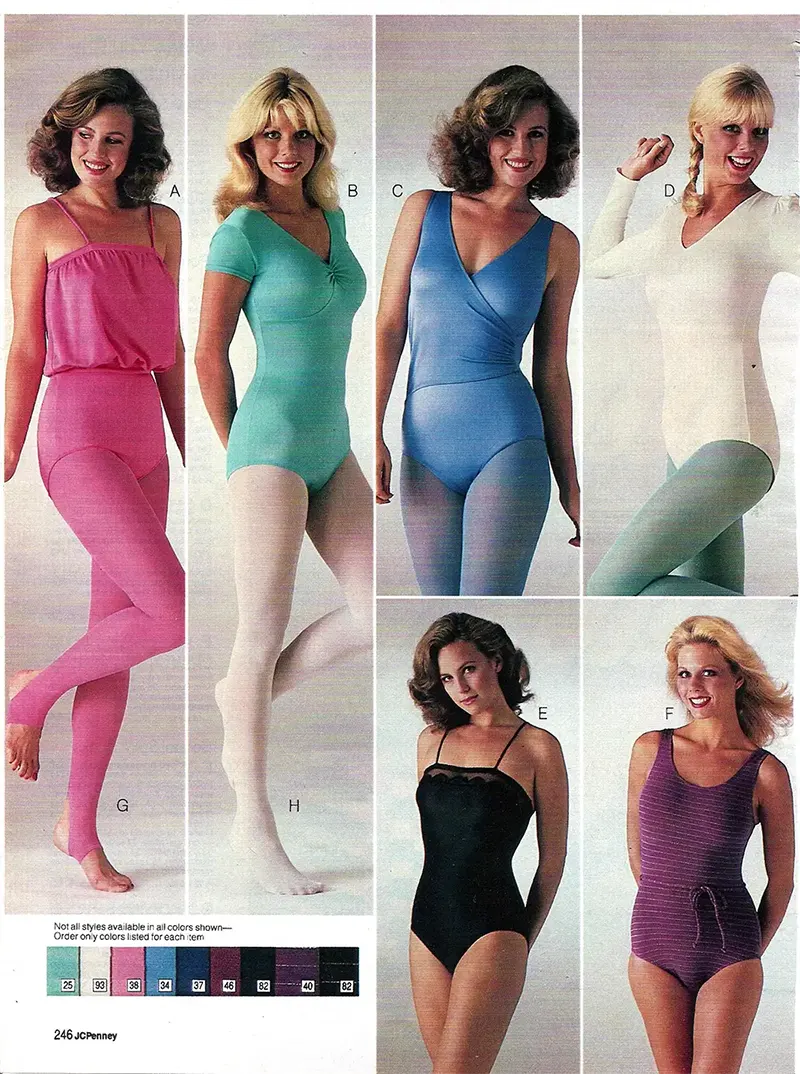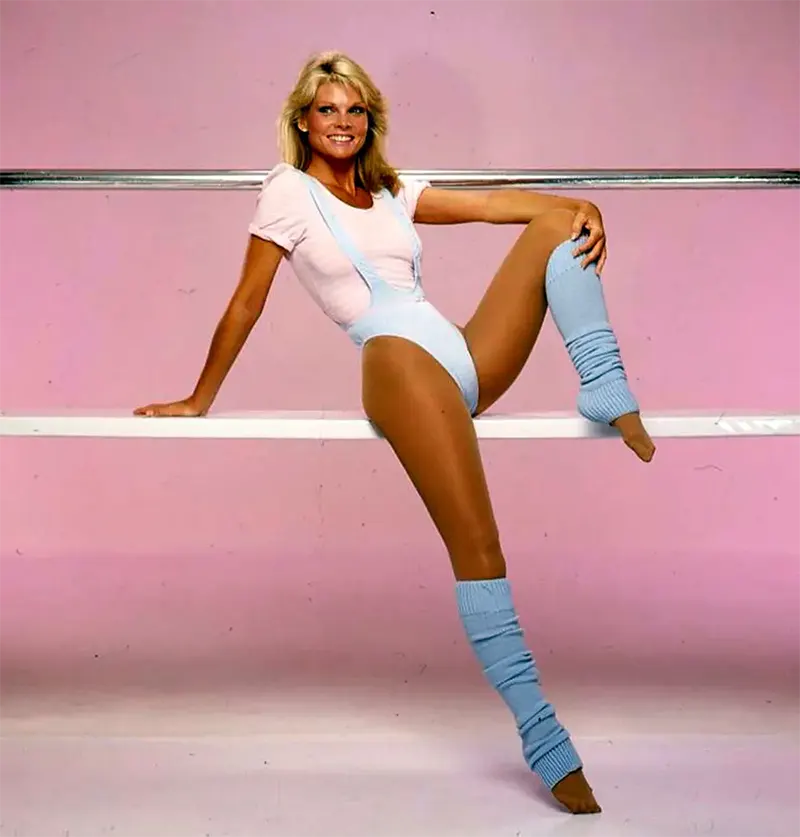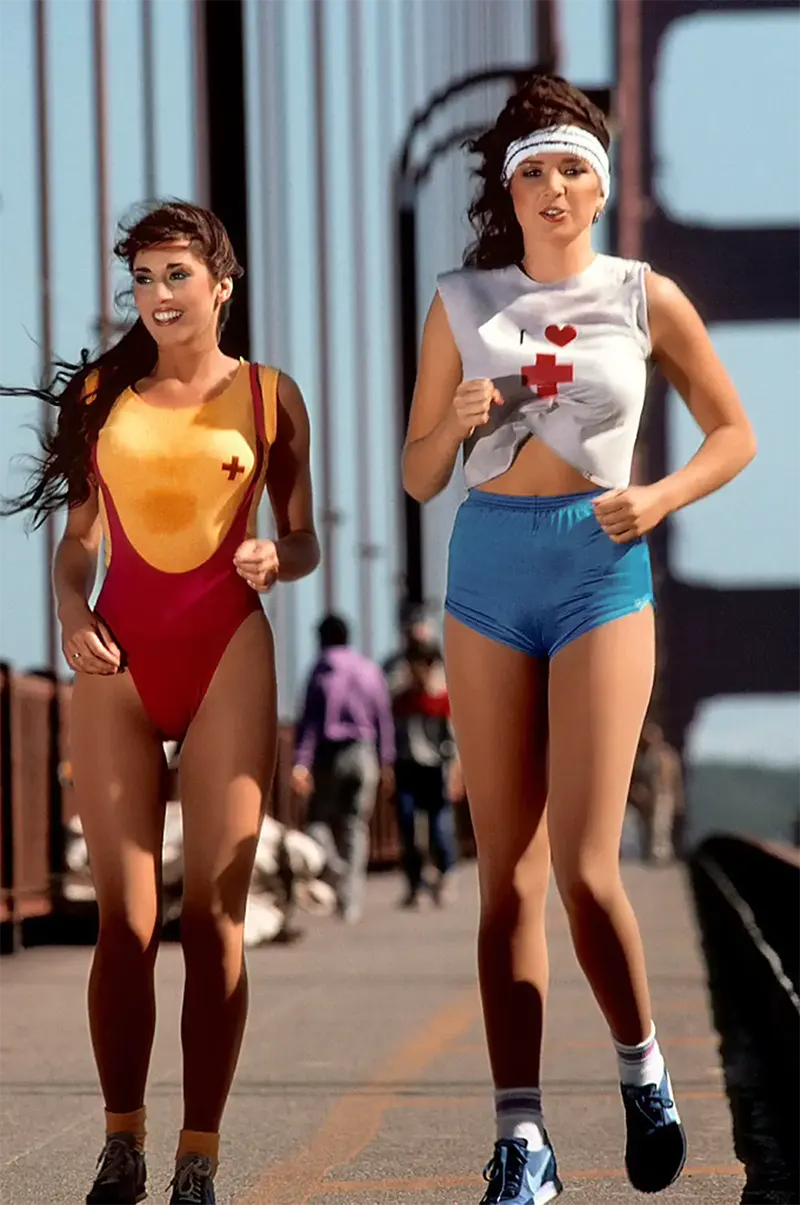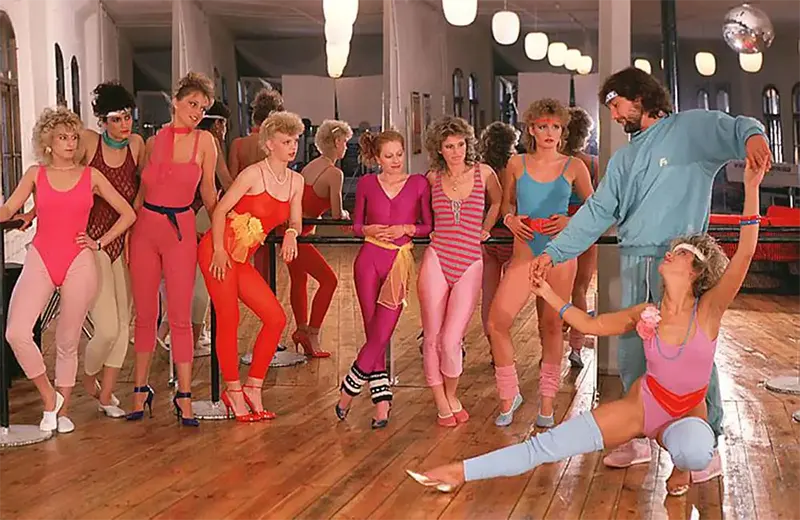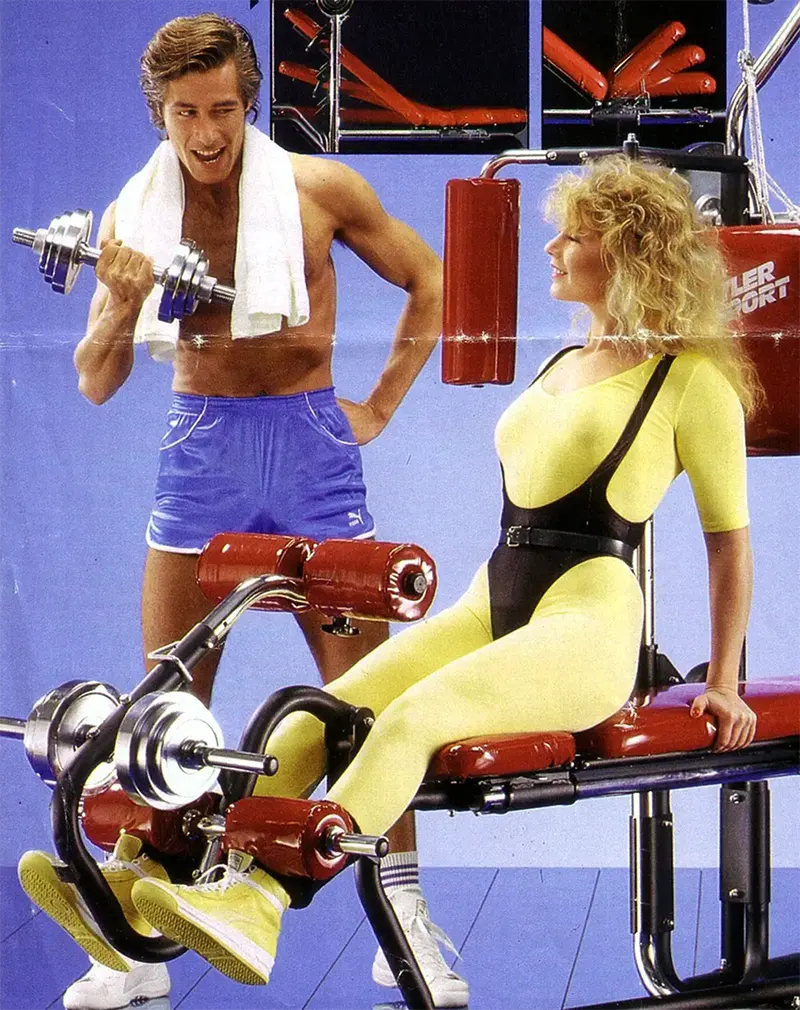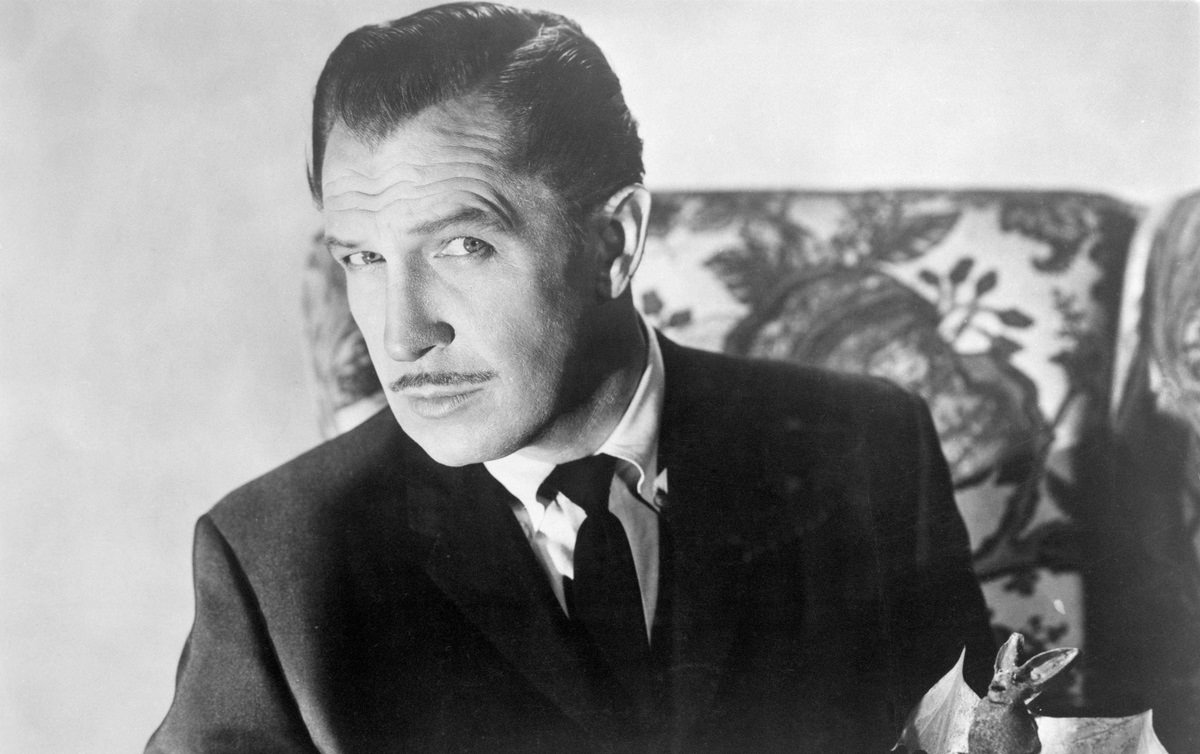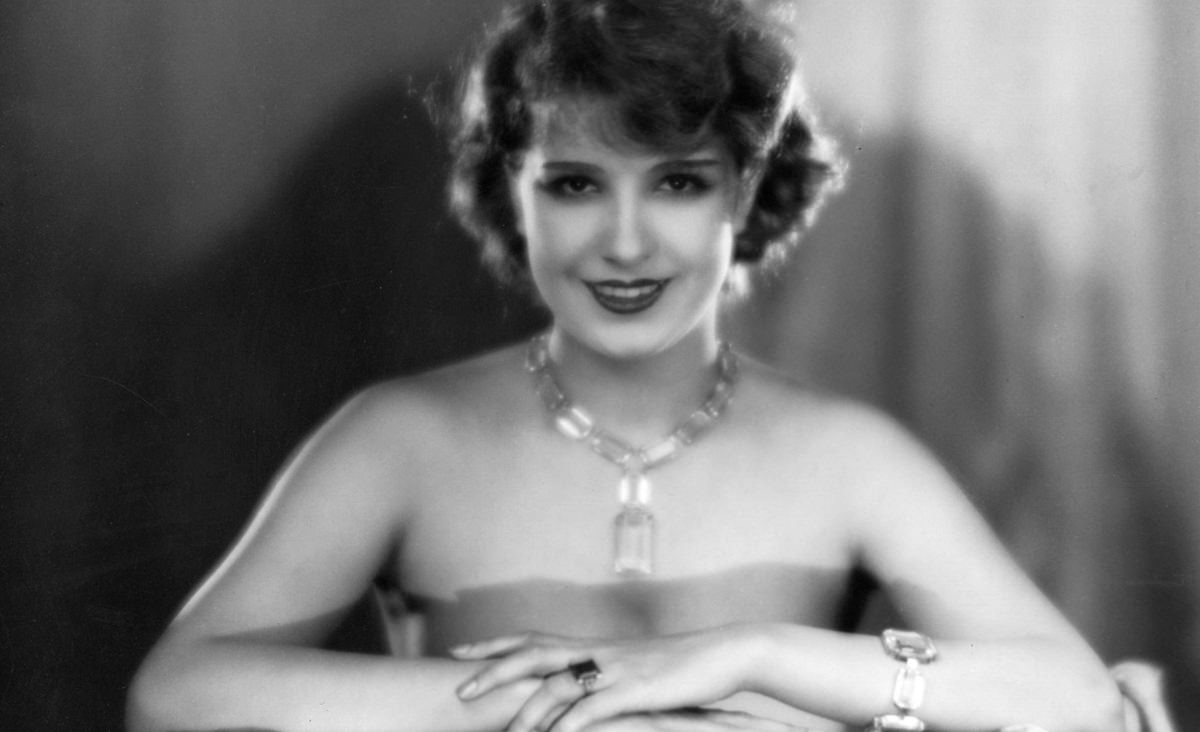The 1980s was a decade of big hair, experimental music, and flamboyant fashion statements, one of which snugly wraps around a particularly nostalgic trend: legwarmers. Like a flashback that’s both fuzzy and vivid, the legwarmer craze of the ’80s encapsulates the era’s exuberant embrace of color, comfort, and conspicuous style. Let’s rewind and explore how this whimsical garment wound its way into the hearts, and onto the legs, of an entire generation.
Origins: Functional Beginnings
Though legwarmers danced into the limelight in the 1980s, their history stretches back to a more practical era. They were a staple for dancers who needed to keep their muscles warm, preventing cramps and strains, and maintain their flexibility. By covering the lower legs, these knitted tubes, traditionally made of wool or cotton, provided warmth without restricting movement.
Breakout Trend: The ’80s Explosion
The journey from the ballet studio to mainstream fashion was as dramatic as it was unexpected. The tipping point? Hollywood. The 1980s saw the release of dance movies that would achieve cult status, such as “Fame” (1980), “Flashdance” (1983), and “Footloose” (1984). These films not only captured the imagination of audiences but also sparked an aerobics frenzy, propelling gym fashion into everyday wear.
Leading this charge was the humble legwarmer. As characters leaped and twirled on-screen with legwarmers hugging their calves, viewers were captivated. The garment’s association with health, vitality, and the glamor of dance made it a desirable accessory. Not just for dancers anymore, legwarmers became synonymous with a healthy, active lifestyle, and an iconic fashion statement of youth culture.
Fashion Front and Center
From street style to high fashion, legwarmers burst onto the scene in an array of colors, textures, and styles. The ’80s fashion ethos celebrated individualism and the freedom to mix and match without inhibition. Legwarmers were the perfect accessory to complement this trend, offering a splash of color that could pair with anything from leggings and leotards to jeans and miniskirts.
Designers didn’t miss a beat, either. The decade saw fashion moguls incorporating legwarmers into their collections, experimenting with luxurious materials like cashmere and silk and extending the garment’s appeal to all seasons. Their versatility made them popular with all age groups, and they were even adapted into children’s clothing lines.
Cultural Reflection: More Than Just Fashion
The legwarmer phenomenon wasn’t just a fleeting fad; it was reflective of broader cultural shifts. The ’80s was a decade focused on fitness and self-expression. The aerobics craze, led by celebrities and fitness gurus, turned gyms into social hubs, and fashion became an extension of this movement. Wearing legwarmers was not just practical for workouts; it also signaled participation in the fitness movement.
Moreover, with the rise of MTV, music videos became a powerful influence on fashion. Pop stars and rock bands were seen donning legwarmers in videos, concerts, and public appearances. Fans, especially teenagers, quickly followed suit, eager to emulate their idols. The trend also traversed into the roller disco scene, where legwarmers met with skates and flashy outfits, creating a vibrant, eclectic aesthetic.
Like all trends, the fever-pitch popularity of legwarmers eventually waned as the ’80s ended. They joined the ranks of other bygone fads, making occasional resurgences in nostalgic fashion revivals or themed parties.


